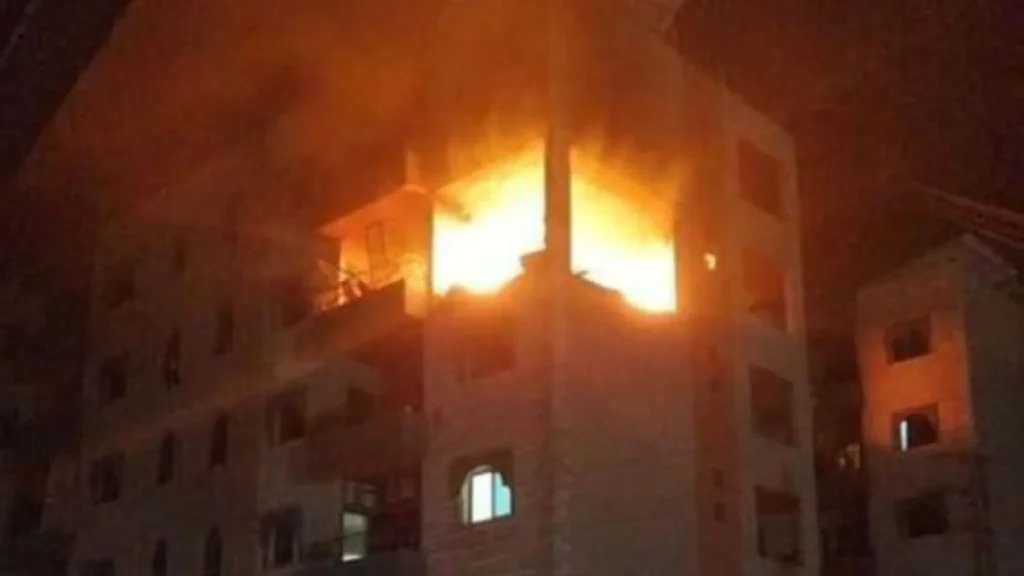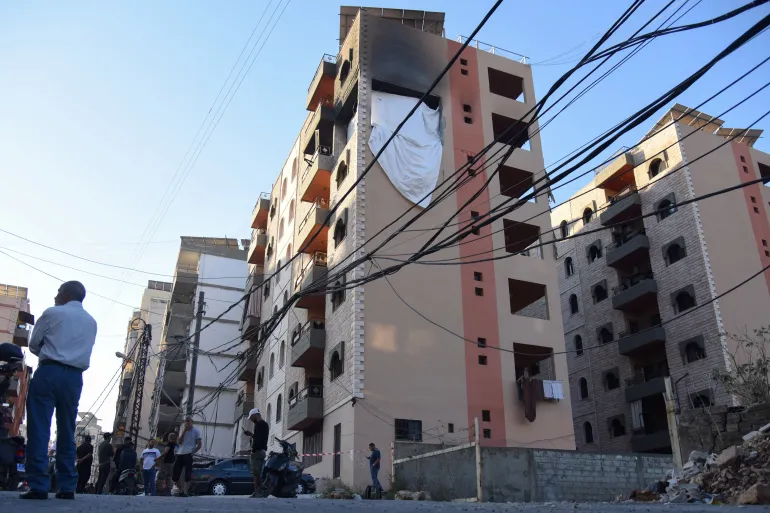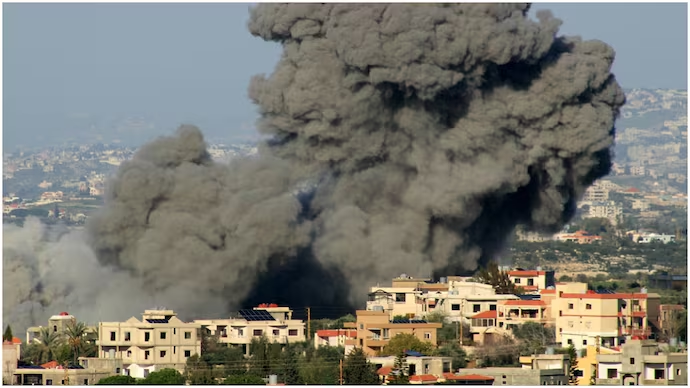Key Highlights:
The Israel-Hamas war continued with another salient escalation when, on October 5, 2024, the military commander of Hamas, Saeed Atallah, was assassinated in an Israeli airstrike along the northern border of Lebanon. The Beddawi refugee camp in the city of Tripoli housed the high-ranking leader of the al-Qassam Brigades and his family. He was reportedly one of two killed along with his wife and two daughters in the strike. These were some more grim chapters in the region’s intensifying warfare.

This is a contribution to the larger Israeli military campaign against Hamas and Hezbollah outposts across Lebanon. The two factions continue to maintain a strong presence there, and the Israeli defense forces have aggressively upped their campaign to fortify their attacks as the factions continue rocket strikes and military action aimed at crippling key commanders and infrastructure.
The Context of the Attack
Saeed Atallah is among Hamas’s senior military leaders in northern Lebanon. The Israeli Defense Forces, IDF has been conducting airstrikes in the region in an attempt to weaken Hamas and Hezbollah’s war machine. Atallah is reported dead even as there has been an increase in airstrikes in Lebanon that have hit other key military infrastructure targets. Officials in Israel said that this airstrike was part of a series of attacks against Hamas terrorist networks.

The attack by the air force on the Beddawi refugee camp also illustrates the geographic reach of the conflict. Confined at first to Gaza and southern Israel, the fighting has expanded into Lebanon as Israel seeks to rid itself of militant actions by both Hamas and Hezbollah in the north. The IDF, also launched ground attacks into Lebanon, mostly against Hezbollah strongholds, as both have significantly escalated their operations against Israel.
Wider Implications of the Israel-Hamas War
Atallah’s killing is a fresh blow to Hamas, whose top commanders have been assassinated in the past few weeks. Israel’s strikes on Hamas have been a structured attack on established leaders on both sides-Hamas and Hezbollah-with the objective of neutralizing the former’s capability for operations. But a martyr like Atallah may only serve to solidify Hamas’s resolve to retaliate and thus open up the conflict even wider.
The tensions have been ratcheting up ever since early October, given the renewed rocket attacks that have been raining down on Israeli towns along the border with Lebanon. Hezbollah has also entered the fray, blasting northern regions of Israel. It was against this backdrop of violence and ongoing conflict that Israel expanded its military campaign beyond Gaza, to the cost of Atallah and his family.
The Lebanese government has voiced its concern over the incursions, stressing the fact that the attacks not only destabilize Lebanon but possibly put the country more to the danger of the crossfire between Israel and the militants. Hezbollah has vowed to retaliate against Israeli strikes, particularly in the southern region of Lebanon, which would take the conflict even wider in the region.
Humanitarian Consequences and Foreign Support
The aerial strike that killed Atallah took place in a crowded refugee camp, and much remains to be answered with regards to the extent of collateral damage and civilian lives lost. Refugee camps, such as Beddawi in Lebanon, often accommodate tens of thousands of Palestinians displaced from their homes by wars, and it typically happens that civilian lives get lost in strikes. While Israel maintains that such strikes are necessary in removing the threats of terrorists, the humanitarian implications are drawing more attention from the rest of the world.
Repeated appeals by the United States and the European Union for restraint from both sides in light of the duty to protect civilians and avoid further escalation have not seemed to bear fruit. As neither Israel nor Hamas has shown flexibility in their stance, so this conflict cannot end dipl0matically.
Now, with more continuing massacre on both sides, Israeli airstrikes against Hamas leaders continue unabated.
A Tsunami Wave of Regional Instability
The murder of Saeed Atallah comes at a time of heightened instability within the Middle East. Israeli military pressures are now being applied on multiple fronts, no longer confined to Gaza but attacking frontages against Hezbollah and Hamas in Lebanon. The spate of Israel’s airstrikes tracks concurrent growing fears over the omnipotence of Iran, which arms and funds both Hamas and Hezbollah. At the heart of the problem in the area over decades and still part of the war today is Iran’s support for these groups.
Israeli defense officials say they will keep the military operation going until the war has badly damaged Hamas’ military infrastructure. Still, with so many militant factions and outside players involved, such as Iran, a speedy resolution of the conflict is unlikely. Stability, for some time at least, will likely continue as the conflict continues to evolve.
For Latest News Updates Click Here
